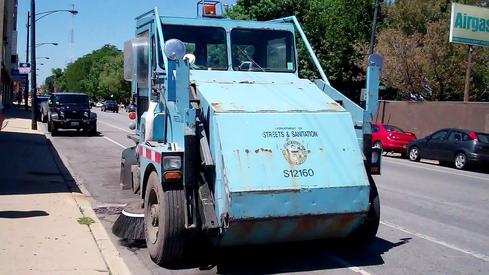07:36 AM
Fiserv and SVPCo To Exchange Images
Moving to allow banks to exchange check images, Fiserv and SVPCo have agreed to establish system connectivity for electronic exchange of check data and images between client financial institutions. The companies will work together to exchange ECP (electronic check presentment) data and images for both forward and return presentments.
A similar agreement was concluded two months ago between SVPCo and Viewpointe Archive Services, operated by Bank of America, JP Morgan Chase and IBM (see BS&T, April 2003).
"Each company is focused on its own initiatives, but it is important that these initiatives can work together to provide the greatest value to all customers," according to Hank Farrar, president of New York-based SVPCo. "The agreement between Fiserv and SVPCo is important to ensure that our models converge so all banks can benefit from image exchange.
"Given that the Fiserv and SVPCo clients have a large number of checks drawn on each other, it is critical that we work together to design our image exchange efforts."
The ability to provide access to a large number of smaller banks through a single access point made Fiserv a natural choice as a node on the SVPCo image exchange network. "Fiserv can consolidate the volume of its 1,700 outsourced check-processing clients and can serve as a gateway between the SVPCo and Fiserv financial institutions," according to Farrar.
According to Tom Vicknair, senior vp at Bank One, "Adding points of aggregation to the SVPCo Image Exchange network is strategic to SVPCo providing interconnectivity between all image-capable financial institutions."
Electronic check image exchange will create operational efficiencies for banks and reduce industry-wide operating costs by an estimated $2.1 billion annually, according to a study conducted in cooperation with the SVPCo owner banks.
Eliminating dependency on paper will improve operational efficiencies while providing further stability to the United States payment system in the event of any disruption to the transportation system.
Image exchange is gaining significant momentum in the industry, with financial institutions and service providers working to reach the ultimate goal of check truncation, a goal that's more realistic once Check 21 (also called the Check Truncation Act) is passed into law. Check 21 will eliminate the legal requirement that still exists in some states to return original checks to customers and will legalize the presentment of a substitute check, which will allow banks to send check images electronically across the country without requiring physical presentment of the original item.
Customers of Fiserv and SVPCo will be able to exchange images through the SVPCo network. Through this connection, Fiserv outsourced item processing customers will be able to exchange and settle check images with banks that have standalone archives or participate in other non-Fiserv archives.
Fiserv provides outsourced item processing services for 1,700 clients through a network of 48 image-enabled check-processing centers. Images are stored in the Fiserv archive and can be accessed nationwide.
The Fiserv model also enables banks to capture a check once and give access to other Fiserv clients as needed. Linking to SVPCo and other service providers will allow Fiserv to significantly extend exchange capabilities.
SVPCo is a key provider of electronic payment services, primarily ECP, ACH and image, with a vision of check electronification and industry-wide image exchange.
The model it has adopted for the exchange of images is that of a utility for moving a bank's full image exchange volume. Nodes on the network will be arranged with key volume aggregators such as archive providers, vendors, and third party processors.





















